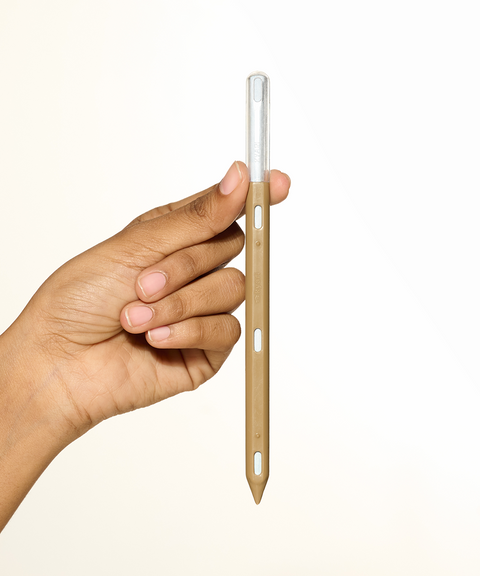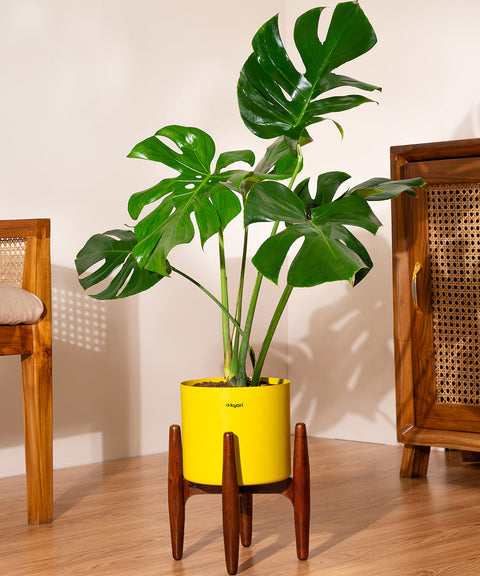Care guide
Coffee plants prefer bright, indirect light. They can tolerate some direct sunlight, especially in the morning or late afternoon, but avoid exposing them to intense midday sun. Place them near a window with filtered light or use sheer curtains to diffuse sunlight. Insufficient light can result in leggy growth and reduced productivity.
Coffee plants thrive in temperatures between 60°F and 70°F (15°C and 24°C). They can tolerate slightly cooler temperatures but are sensitive to frost. Protect them from cold drafts and sudden temperature fluctuations. Avoid placing them near heating or cooling vents.
Coffee plants prefer consistent moisture but not waterlogging. Allow the top inch (2.5 cm) of soil to dry out slightly between waterings. When watering, thoroughly saturate the soil until water drains out of the bottom of the pot. During the growing season, water more frequently, and reduce watering slightly during the dormant period in winter.
Coffee plants prefer moderate to high humidity levels. You can increase humidity by misting the leaves with water or placing the pot on a tray filled with water and pebbles. Avoid placing the pot directly in standing water, as it can lead to waterlogged roots.
Use a well-draining, acidic potting mix for coffee plants. A mixture of peat moss, perlite, and organic matter such as compost or coconut coir works well. Good drainage is essential to prevent waterlogged roots. Coffee plants prefer slightly acidic soil with a pH level around 6.
Coffee plants benefit from regular fertilization during the growing season. Use a balanced, water-soluble fertilizer formulated for acid-loving plants. Follow the package instructions for the appropriate dilution ratio and frequency. Overfertilization can cause leaf burn, so it's important to follow the recommended dosage.
Coffee plants can benefit from occasional pruning to maintain their shape and promote bushier growth. Prune back leggy stems or remove any dead or yellowed leaves. Pruning can also help control the size of the plant if it becomes too large for its space.
Coffee plants produce fragrant white flowers, which require pollination to develop into coffee beans. Indoors, it may be necessary to hand-pollinate the flowers using a small brush or by gently shaking the plant to transfer pollen between flowers.








 Limited Time Deal
Limited Time Deal
 BYOB - Small Plants
BYOB - Small Plants






























































































